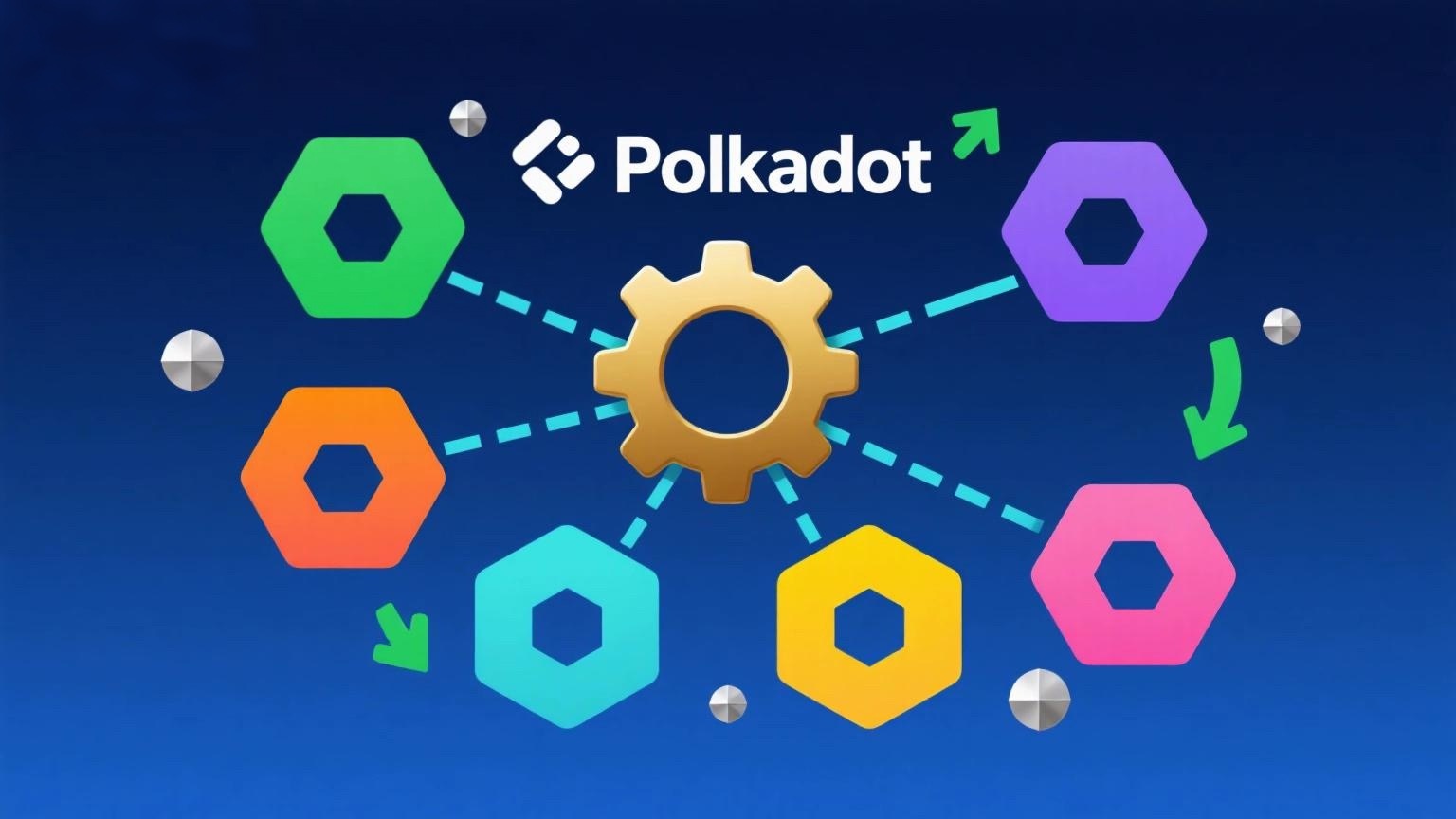
1. What is a Parachain Slot Auction?
Before understanding parachain slot auctions, it’s essential to grasp Polkadot’s architecture.
Polkadot is a scalable, heterogeneous multi-chain blockchain with cross-chain interoperability as its core vision. To achieve this, Polkadot consists of the Relay Chain, parachains, and bridges. The Relay Chain, built on Substrate, serves as the heart of the Polkadot network, validating interactions, securing and coordinating parachains, and maintaining overall network security. Parachains connect to the Relay Chain via slots and handle various tasks, with each parachain focusing on different services and needs.
Parachain slots are the interfaces between the Relay Chain and parachains. To share Polkadot’s security and interact with other parachains, projects must secure a slot. Slots are divided into community beta slots (20% reserved for the Web3 Foundation to support ecosystem growth) and commercial slots (80% allocated through auctions).
Due to limited computational resources, the number of parachains is initially capped. Polkadot founder Gavin Wood stated in July 2020 that the maximum number of parachains would be around 100, meaning only about 100 slots will be available simultaneously.
To ensure fair distribution, Polkadot uses an auction system where projects bid for slot leases (not ownership) by locking DOT for a specified period. After the lease ends, the locked DOT is returned. (Note: DOT staked for mining cannot be used for auctions.)
The exact auction timeline remains unconfirmed, but Gavin Wood hinted at early this year. The process will begin on Kusama (Polkadot’s testnet) after Rococo V1 stabilizes, followed by the mainnet. (Note: DOT is used for Polkadot, KSM for Kusama.)
2. Auction Mechanics and Participation
Polkadot’s slot auctions use a modified "candle auction" model to prevent sniping.
Originating in the 16th century, candle auctions end abruptly when a candle burns out. In Polkadot’s version, a random block from the past determines the closing time, ensuring no one knows when the auction ends.
The auction has two phases: a safe period and a random period. Bidders can stake DOT in both phases, but the auction stops unpredictably during the random phase, with the highest bid before that point winning. Thus, early bidding is encouraged.
Auctions occur every six months, releasing one slot at a time. Lease periods are 6, 12, 18, or 24 months, with projects bidding for single or consecutive terms. Winners lock DOT for the lease duration, refunded afterward.
Projects lacking funds can use Parachain Lease Offerings (PLO, or "crowdloans") or seek Web3 Foundation grants. Investors can stake DOT to support projects, earning rewards if the bid succeeds. Unsuccessful bids may use "parathreads" (pay-as-you-go access).
3. Significance of Parachain Slot Auctions
Why are slot auctions so pivotal for Polkadot, projects, and investors?
For Polkadot:
As a leading cross-chain project, Polkadot’s auctions mark a major milestone, realizing its interoperability vision. Bridging Ethereum, Bitcoin, and others could transform the fragmented blockchain landscape.
Auction demand may increase DOT’s utility and lock-up rates (staking + auctions), potentially boosting its market performance (similar for KSM).
For Projects:
Winning a slot grants shared security and interoperability, offering a competitive edge. Early slots provide first-mover advantages and publicity.
While parathreads are cost-effective for lightweight projects, many will bid for slots first. Over 333 Polkadot ecosystem projects (106 on Substrate) are preparing, including Acala, Phala, and ChainX.
For Investors:
PLOs let investors support projects by staking DOT (held by the Relay Chain, not the project) for token rewards. Exchanges and funds are actively engaging, e.g., OKEx’s DOT staking (12.8% APY) and $100M Block Dream Fund for Polkadot/DeFi.
In summary, auctions are a catalyst for Polkadot’s growth, uniting developers, investors, and institutions in building its ecosystem.
















